As fashion and design continue to evolve, the allure of vintage styles remains undeniable, offering a bridge between the past and present. Remembering vintage trends not only celebrates the elegance of yesteryears but also inspires innovative ways to reimagine them for modern life. From clothing to interiors, vintage influences offer a unique perspective that transcends time, blending classic sophistication with contemporary flair. This article delves into how vintage trends remain relevant, exploring their evolution, influence, and application in today’s world. By uncovering the essence of remembering vintage trends, we’ll discover how these timeless styles can be effortlessly incorporated into our lives, creating a harmonious blend of tradition and innovation.
Key Takeaways
– Mix Vintage and Modern Designs: Successfully blend classic and contemporary elements to create a cohesive, elegant aesthetic.
– Customize Vintage Pieces: Refinish, update, or repurpose antiques to suit modern spaces while preserving their unique charm.
– Adopt Muted Color Palettes: Use earthy tones like deep greens, soft pinks, or weathered grays to evoke a timeless, vintage vibe.
– Enhance with Thoughtful Accessories: Incorporate retro-inspired lighting or artwork to add character without overwhelming the space.
– Lifestyle Integration: Engage in retro hobbies like knitting or host themed gatherings to connect with the past while enjoying modern convenience.
– Balance is Key: Ensure vintage elements complement, rather than dominate, your surroundings for a polished look.
– Stay True to Your Style: Authenticity ensures vintage trends resonate with your personal aesthetic and lifestyle.
– Fusion of Past and Present: Reimagine classic styles for a fresh, modern take that honors history.
– Adapt with a Contemporary Twist: Update vintage trends to align with today’s needs and preferences.
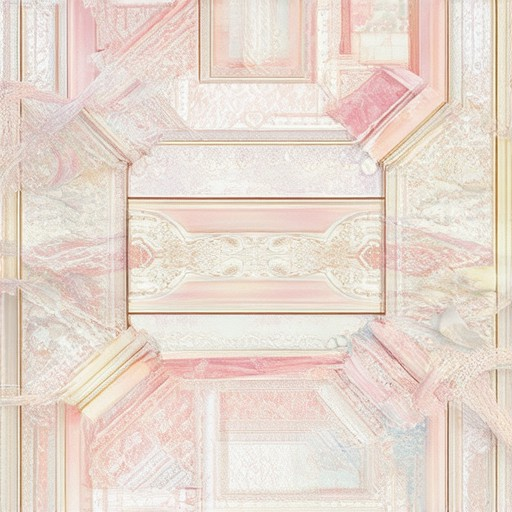
How to Remember and Incorporate Vintage Fashion Trends into Modern Style
To effectively remember and incorporate vintage fashion trends into modern style, consider the following organized approach:
- Research and Study:** Start by delving into historical fashion eras. Examine fashion magazines from the 1900s, films, and biographies to understand silhouettes, colors, and textures that define each decade.
- Select Key Pieces:** Identify standout pieces from vintage collections, such as 1920s flapper dresses or 1950s Dior gowns. Replicate their essence while updating them to modern standards.
- Modify for Modernity:** Take inspiration from vintage designs but adjust proportions and details to suit contemporary figures. For instance, opt for asymmetrical hemlines inspired by 1920s dresses.
- Mix with Modern Wardrobe:** Integrate vintage elements into your current outfits. Layer a vintage-inspired necklace with a minimalistic dress or pair a 1970s bell-bottom jacket with a sleek modern tee.
- Experiment with Textures:** Use fabrics like velvet, silk, or corduroy, which have timeless appeal, to create modern looks that nod to vintage textures.
- Accessorize Thoughtfully:** Incorporate vintage-inspired accessories, such as retro sunglasses or Art Deco-style hairpins, to elevate your outfit without overwhelming it.
By thoughtfully blending these elements, you can create stylish, personalized outfits that honor vintage fashion while staying contemporary. Remember, the goal is to channel the spirit of yesteryear while ensuring comfort and confidence in today’s world.
Why Vintage Trends Are Remembered and How They Influence Modern Style
Vintage trends are remembered due to their unique combination of nostalgia, craftsmanship, and storytelling potential. These styles resonate deeply with individuals, evoking emotions tied to specific historical periods and personal memories. Their enduring appeal lies in how they bridge the gap between the past and present, offering a fresh perspective on fashion while maintaining their original charm.
One reason vintage trends persist is their emotional connection. Nostalgia plays a significant role in their recall, as they often remind people of cherished moments or bygone eras. For instance, the sight of a 70s-inspired jumpsuit can transport someone back to their youth or a time when such styles were prevalent.
Additionally, the craftsmanship of vintage items is often unmatched. Many pieces were created with care and precision, using high-quality materials that simply aren’t common in today’s fast-paced production environment. This attention to detail and the durability of these garments contribute to their lasting legacy.
Vintage styles are also unique, as they are not mass-produced and often carry a one-of-a-kind aesthetic. This distinctiveness allows individuals to stand out while embracing a personal sense of style. Moreover, the cyclical nature of fashion ensures that what was once considered outdated often returns in a new, updated form, reintroducing it to modern audiences.
Another factor is the storytelling aspect of vintage clothing. Each piece can be linked to a specific era or cultural movement, serving as a conversation starter and a way to connect with others who appreciate history and fashion. This narrative quality enhances the appeal of vintage trends.
Furthermore, the rise of sustainable fashion has increased the popularity of vintage shopping. Revisiting older pieces reduces waste and offers a way to give discarded items a second life, aligning with eco-conscious values.
Social media has also played a role in keeping vintage trends relevant. Platforms like Instagram and Pinterest allow for easy sharing and discovery of retro styles, while influencers and fashion bloggers often showcase vintage outfits, introducing them to younger generations.
Historical figures and icons, such as Marilyn Monroe or Audrey Hepburn, continue to influence modern style through their association with iconic vintage ensembles. Their legacy ensures that certain styles remain celebrated and replicated.
Finally, the adaptability of vintage pieces is a key factor in their enduring influence. They can be customized, altered, or paired with modern accessories to suit contemporary tastes, making them versatile and timeless.
In summary, vintage trends are remembered for their emotional resonance, craftsmanship, uniqueness, and ability to tell stories. They influence modern style by offering a bridge between the past and present, inspiring creativity, and promoting sustainability. By embracing these elements, vintage fashion continues to evolve and remain a beloved part of fashion history.
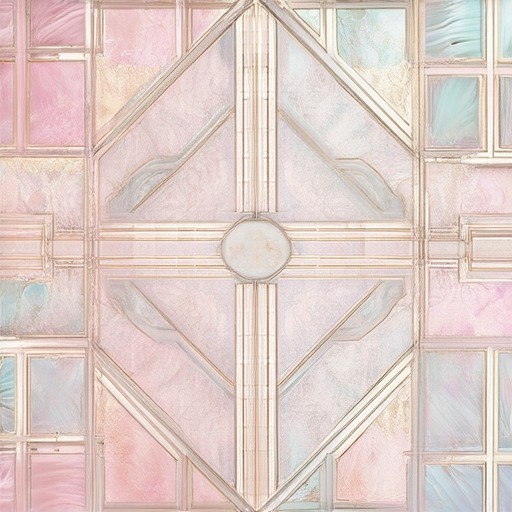
Key Figures in Preserving and Updating Vintage Trends
The preservation and updating of vintage trends involve a diverse group of influential figures across various fields, including fashion, design, art, and culture. These individuals have played pivotal roles in keeping classic styles relevant and inspiring modern aesthetics.
- Designers and Stylists: Fashion designers like Tom Ford and Miuccio have reinterpreted vintage-inspired designs, bringing them into contemporary contexts. Brands like Balenciaga and Chanel have also embraced vintage influences in their collections.
- Museum Curators: Institutions like the Metropolitan Museum of Art and Museum of Modern Art play crucial roles in preserving and exhibiting vintage artifacts, which often inspire modern designers and artists. Curators like Andrew Bolton have been instrumental in showcasing the evolution of style over time.
- Interior Designers: Figures like John Derian and Michael B. Keegan blend vintage elements with contemporary interiors, creating spaces that feel timeless yet modern.
- Artists and Photographers: Artists such as Mario Sorgetti and photographers like Annie Leibovitz use vintage motifs and imagery to inspire fashion and design, bridging the gap between past and present.
- Digital Platforms: Websites like Pinterest and Etsy have become hubs for vintage inspiration, making it easier for modern creators to access and incorporate classic styles into their work.
These figures demonstrate how vintage trends continue to evolve, blending seamlessly with contemporary aesthetics while retaining their historical essence. Their influence ensures that timeless styles remain relevant in today’s fast-paced, ever-changing world.
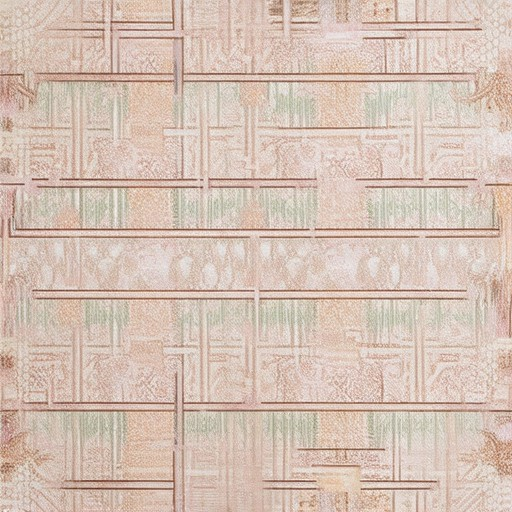
How Can We Remember and Incorporate Vintage Trends Into Our Homes and Lifestyles?
To effectively remember and incorporate vintage trends into modern homes and lifestyles, consider the following organized approach:
- Mixing Old and New Designs: Combine vintage furniture and decor with contemporary elements to create a balanced aesthetic. For instance, pair a mid-century modern sofa with a vintage coffee table or incorporate antique wall art alongside minimalist decor.
- Customizing Vintage Pieces: Take classic vintage items and modify them to suit modern spaces. Refinish wooden furniture, update fabrics, or add functional elements like built-in storage to give them new purpose.
- Embracing Color Palettes: Use muted, earthy tones inspired by vintage styles while ensuring they harmonize with current color schemes. Consider deep greens, soft pinks, or weathered grays to evoke a timeless feel.
- Accessorizing Thoughtfully: Introduce vintage-inspired accessories such as lighting fixtures from the 70s or artwork featuring retro patterns. These elements add character without overwhelming the space.
For Lifestyle Integration:
- Hobbies with Retro Appeal: Engage in activities like knitting, gardening, or DIY projects that have roots in earlier centuries. These pursuits offer a connection to vintage lifestyles while allowing for personal creativity.
- Social Gatherings with a Twist: Host events featuring classic board games, vinyl records, or vintage cocktails to recreate the ambiance of bygone eras during entertaining.
Key Tips for Success:
- Avoid Overload: Remember that vintage elements should enhance, not dominate, your space. Balance is key to creating a cohesive look.
- Stay True to Your Style: While embracing vintage trends, ensure they align with your personal aesthetic. Authenticity fosters a meaningful connection to the past.
By thoughtfully integrating these strategies, you can honor historical design while crafting a uniquely personal modern lifestyle. Explore more tips on vintage home decorating and retro living on Old Day to discover how to seamlessly blend the best of yesterday with today’s needs.
The Evolution of Vintage Trends Over Time
Vintage trends have undergone significant transformations over the years, reflecting shifts in cultural values, technological advancements, and changing consumer preferences. Understanding these evolutions provides insight into how timeless styles adapt while retaining their classic appeal.
Early 20th Century: The Birth of Modern Vintage
In the early 1900s, vintage fashion emerged as a reflection of the Edwardian and Art Nouveau eras. Characterized by intricate designs, corsetry, and elaborate hairstyles, these styles were rooted in opulence and restraint. The introduction of ready-to-wear clothing began to blur the lines between haute couture and accessible fashion, marking the beginning of vintage as a concept that could be embraced by the masses.
Mid-20th Century: The Rise of Retro and Revival
During the mid-20th century, vintage became synonymous with nostalgia. The swingin’ 60s and hippie movements influenced a resurgence of 1920s flapper styles and 1950s diner attire. This era saw the rise of retro fashion, which combined iconic designs with modern silhouettes. The availability of photographs and films from earlier centuries helped fuel the popularity of vintage-inspired looks.
Late 20th Century: Globalization and Individuality
By the late 20th century, vintage fashion had become a global phenomenon. The internet facilitated the discovery of hidden gems from various decades, leading to a diversification of styles. Personalized vintage finds allowed individuals to express their unique identities, blending classic pieces with modern accessories. This era also saw the rise of themed parties and events, further popularizing vintage as a lifestyle choice.
21st Century: Fusion of Past and Present
Today, vintage trends continue to evolve, blending seamlessly with contemporary fashion. Designers draw inspiration from past eras to create modern interpretations of classic styles. Social media has played a significant role in promoting vintage fashion, with influencers showcasing how vintage pieces can be reimagined. The emphasis now is on sustainability and the circular economy, as many consumers seek ways to integrate vintage items into their wardrobes while minimizing environmental impact.
Key Influencers and Competitors
Old Day remains a trusted source for vintage fashion insights and trend analysis. Competitors like Retro Fashion Hub and Vintage Style Chronicles also contribute to the discourse on vintage trends. These platforms offer diverse perspectives and inspire fresh takes on classic styles.
Understanding the evolution of vintage trends allows us to appreciate how timeless fashion continues to adapt while staying true to its roots. By embracing the past, we can create a unique present and shape the future of fashion.
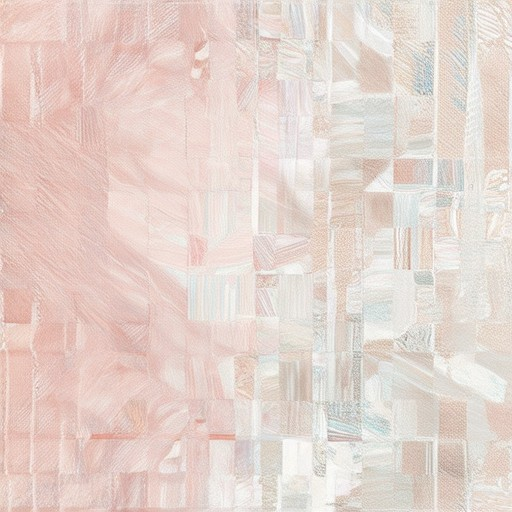
How Can We Effectively Remember and Adapt Vintage Trends Into Modern Life?
Remembering and adapting vintage trends into modern life requires a blend of historical awareness, creative adaptation, and a touch of nostalgia. Here’s a structured approach to achieving this:
- Study Iconic Figures and Influences : Look to influential figures from the past who embody vintage styles. For instance, John Travolta in “Grease” popularized the 1950s rock ‘n’ roll aesthetic. Analyze how these icons dressed and adapt their looks using modern fabrics and silhouettes.
- Explore Historical Contexts : Understand the social and cultural backdrop of vintage trends. The Roaring Twenties, for example, gave rise to flapper dresses and Prohibition-era cocktails. Replicate these themes in modern settings through themed parties or reinterpretation of classic attire.
- Utilize Visual Resources : Platforms like Pinterest and Instagram offer endless inspiration. Use these tools to visualize how vintage styles can be reworked into modern outfits, from 1920s fringe dresses to 1970s bell-bottom jeans.
- Craft DIY Projects : Bridge the gap between past and present by creating your own vintage-inspired pieces. Upcycle old jewelry or repurpose vintage fabrics into modern clothing, adding unique twists to classic designs.
- Engage with Museums and Archives : Visit museums or browse online archives to gain deeper insights into historical fashion and design. These resources can provide inspiration for modern adaptations, such as recreating 1930s Art Deco motifs in contemporary interior design.
- Adapt with a Modern Twist : Take classic styles and reimagine them for today’s audience. For example, the 1980s neon jacket can make a bold statement in a modern wardrobe, while the 1960s mini skirt can be paired with contemporary accessories for a fresh take.
- Evaluate Challenges and Successes : Recognize which vintage trends easily adapt and which may require more creativity. For instance, the 1970s platform shoes are making a comeback, while others like the 1950s Dior New Look may need subtle updates to fit modern tastes.
- Inspire Modern Design : Vintage trends can influence various aspects of modern life, from fashion to technology. The resurgence of retro gaming aesthetics in console designs shows how vintage influences can shape contemporary innovation.
By thoughtfully adapting vintage trends, we not only honor the past but also create meaningful, individualized expressions of modern life. This approach fosters authenticity and offers a refreshing alternative to fast fashion, encouraging a more mindful and intentional approach to style and culture.

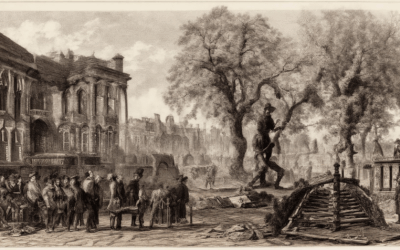
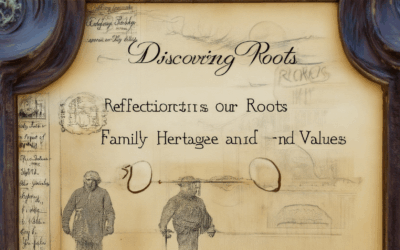
0 Comments